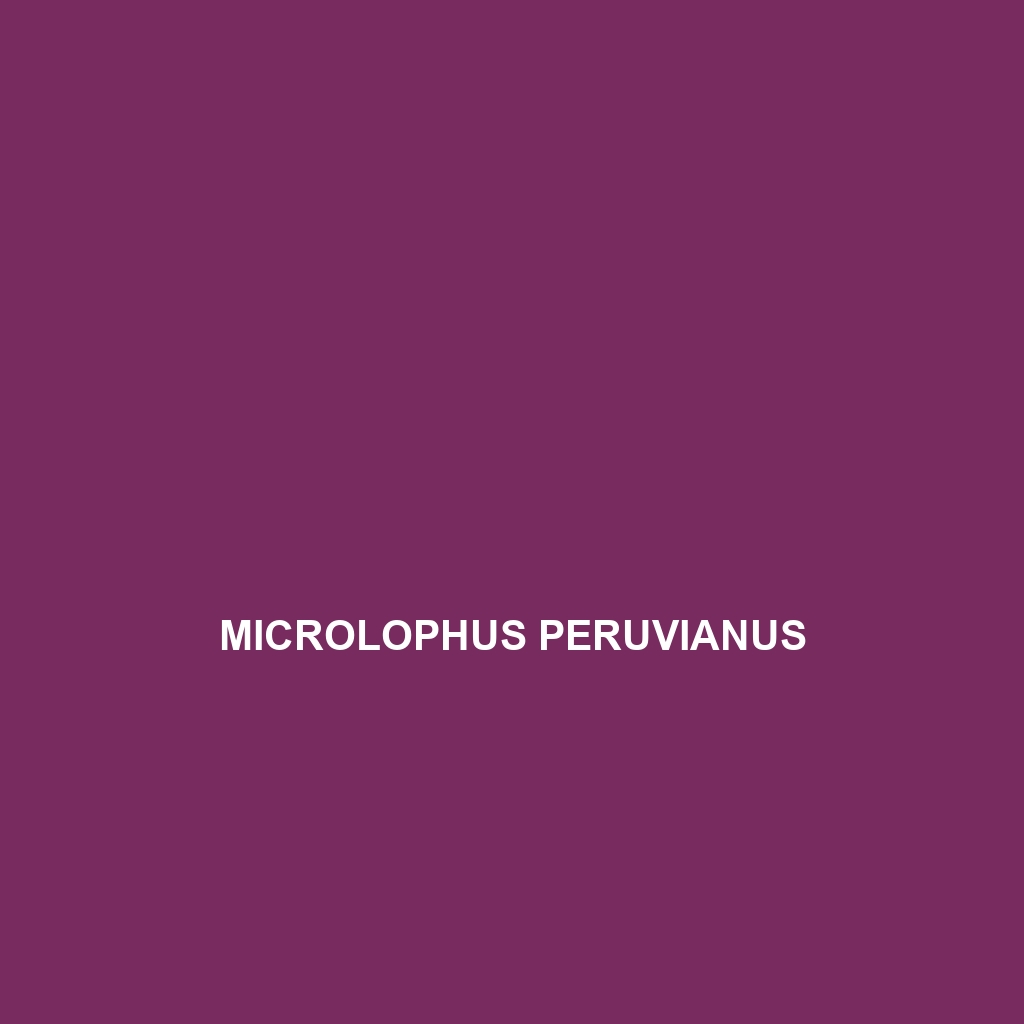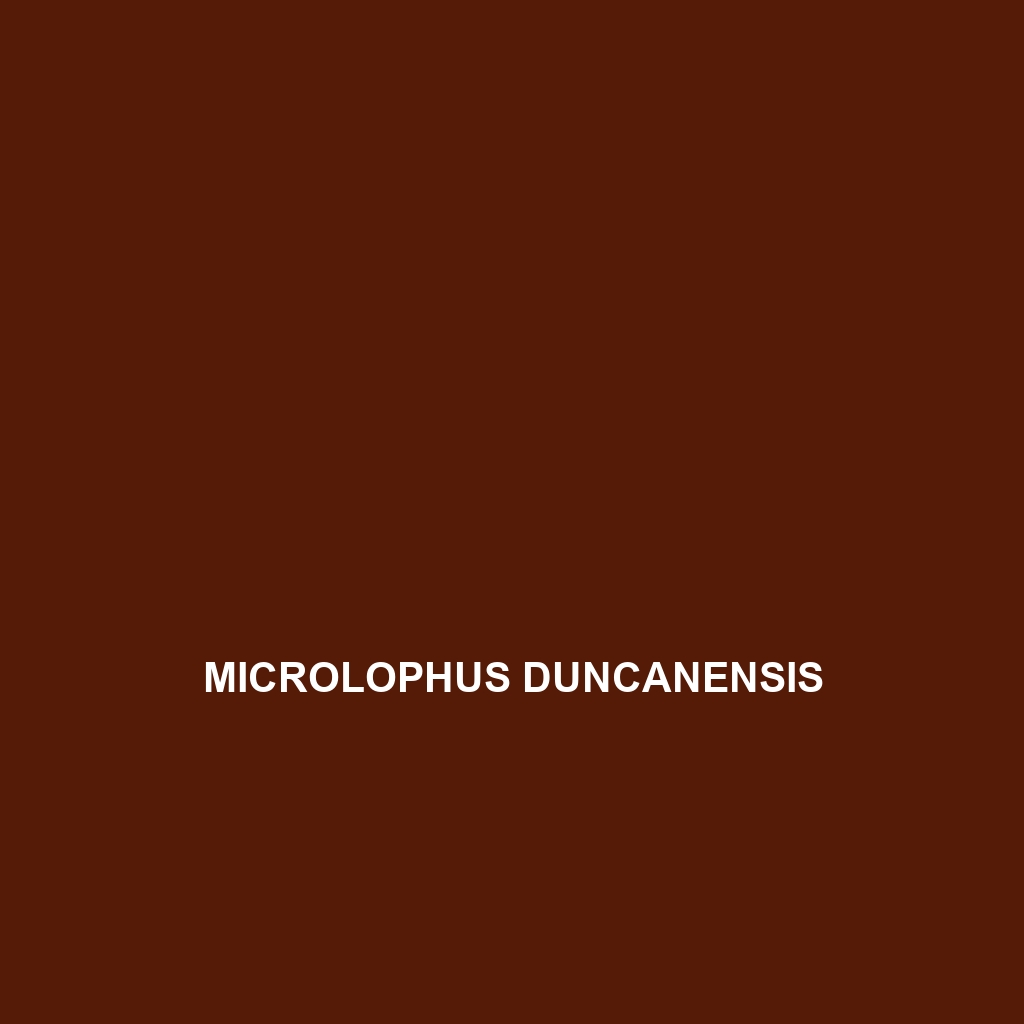<b>Ptyodactylus rivapadiali</b>, commonly found in the arid regions of North Africa, including the Saharan desert, is a nocturnal gecko adapted to harsh environments. This slender insectivore, reaching lengths of 10 to 15 cm, boasts excellent camouflage and specialized adhesive pads for climbing rocky terrains while playing a vital role in controlling insect populations.
Tag: rocky terrain
Ptyodactylus rivapadiali
<b>Ptyodactylus rivapadiali</b>, commonly found in the arid regions of North Africa, including the Saharan desert, is a nocturnal gecko adapted to harsh environments. This slender insectivore, reaching lengths of 10 to 15 cm, boasts excellent camouflage and specialized adhesive pads for climbing rocky terrains while playing a vital role in controlling insect populations.
Podarcis liolepis
<b>Podarcis liolepis</b>, a slender lizard native to the Mediterranean, thrives in sunny, rocky habitats and is known for its striking green to yellowish-brown coloration. This insectivorous species plays a crucial role in controlling insect populations while exhibiting fascinating behaviors like sunbasking and tail-shedding as a defense mechanism.
Phymaturus sinervoi
<p><b>Phymaturus sinervoi</b>, also known as the Sinervoi Lizard, is a fascinating species native to the temperate forests and scrublands of Argentina, characterized by its robust body, earthy coloration, and unique burrowing behaviors. This vulnerable lizard plays a critical role in its ecosystem as an insectivore, contributing to insect population control and soil aeration while thriving in rocky, arid habitats.</p>
Montivipera wagneri
Montivipera wagneri, or Wagner's viper, is a striking venomous snake found in the mountainous terrains of Eastern Turkey and the Caucasus, characterized by its robust body, dark zigzag patterns, and nocturnal hunting behavior. This vulnerable species plays a crucial role in its ecosystem by controlling small mammal and insect populations while adapting to its challenging habitat.
Montivipera bulgardaghica
Experience the unique Montivipera bulgardaghica, a medium-sized viper native to the rocky mountainous regions of Eastern Anatolia in Turkey, known for its striking zigzag patterns and nocturnal hunting behavior. This species, which plays a vital role in its ecosystem, is currently classified as vulnerable due to habitat loss.
Microlophus peruvianus
Discover the Microlophus peruvianus, also known as the Peruvian lizard, a striking 15 to 25 cm long reptile renowned for its vibrant colors and remarkable adaptability in the coastal habitats of Peru. This diurnal, insectivorous lizard plays a crucial role in its ecosystem by controlling insect populations and serving as prey for larger predators.
Microlophus duncanensis
Discover the unique Microlophus duncanensis, a medium-sized lizard native to the Galápagos Archipelago, thriving in arid coastal zones and rocky areas. This resilient omnivore exhibits fascinating diurnal behavior, intricate courtship displays, and plays a critical role in the ecosystem by regulating insect populations and aiding in seed dispersal.
Cnemaspis peninsularis
Discover the <b>Cnemaspis peninsularis</b>, or peninsula rock gecko, a medium-sized lizard native to the tropical forests of Malaysia and southern Thailand. Known for its distinctive coloration and adhesive toe pads, this nocturnal gecko plays a vital role in controlling insect populations while thriving in rocky terrains and lush vegetation.
Kob
Discover the fascinating world of the Klipspringer, a small yet agile antelope native to the rocky terrains of Eastern and Southern Africa. With their incredible jumping abilities, distinctive stocky build, and vital role in maintaining ecological balance, these unique creatures are a testament to the adaptability of wildlife. Learn about their habitat, behavior, and conservation status in our latest blog post.









